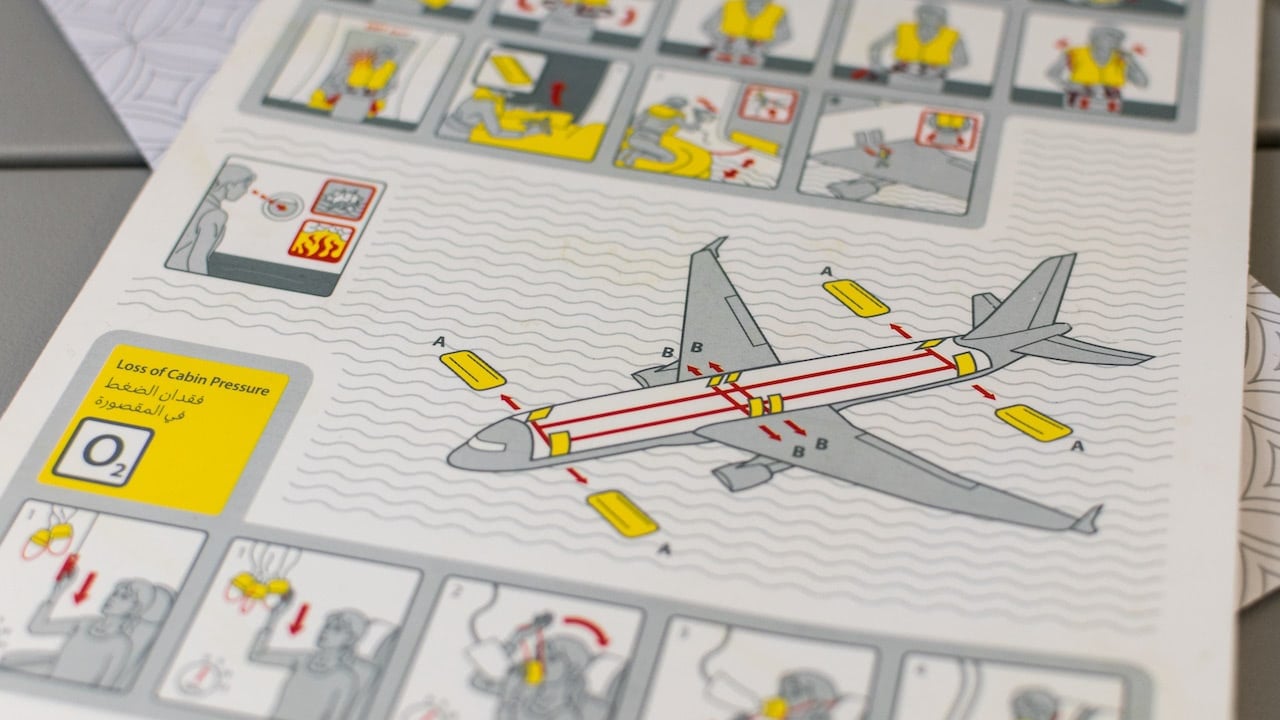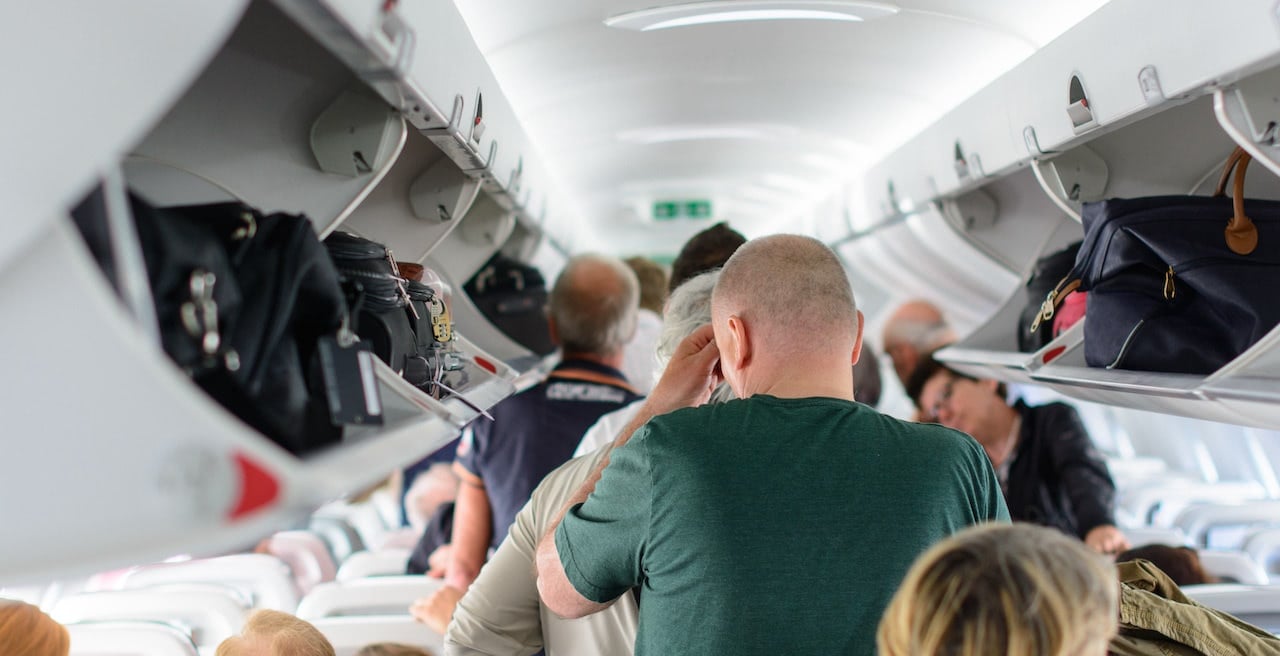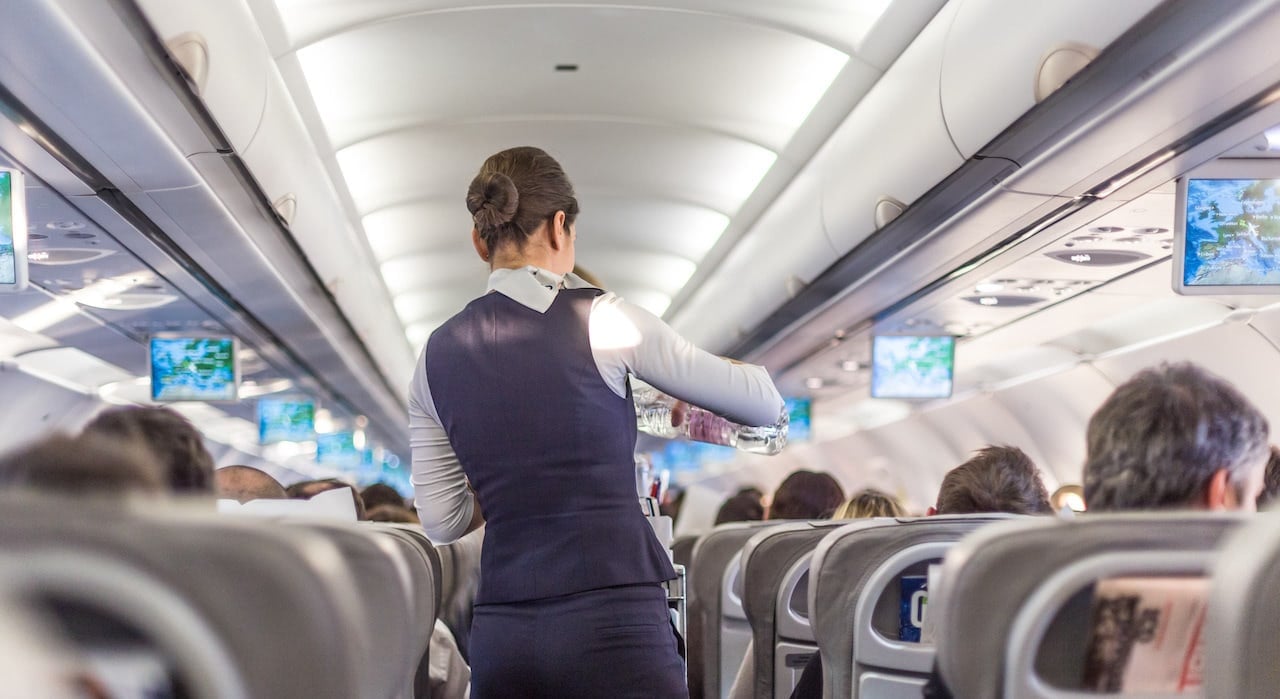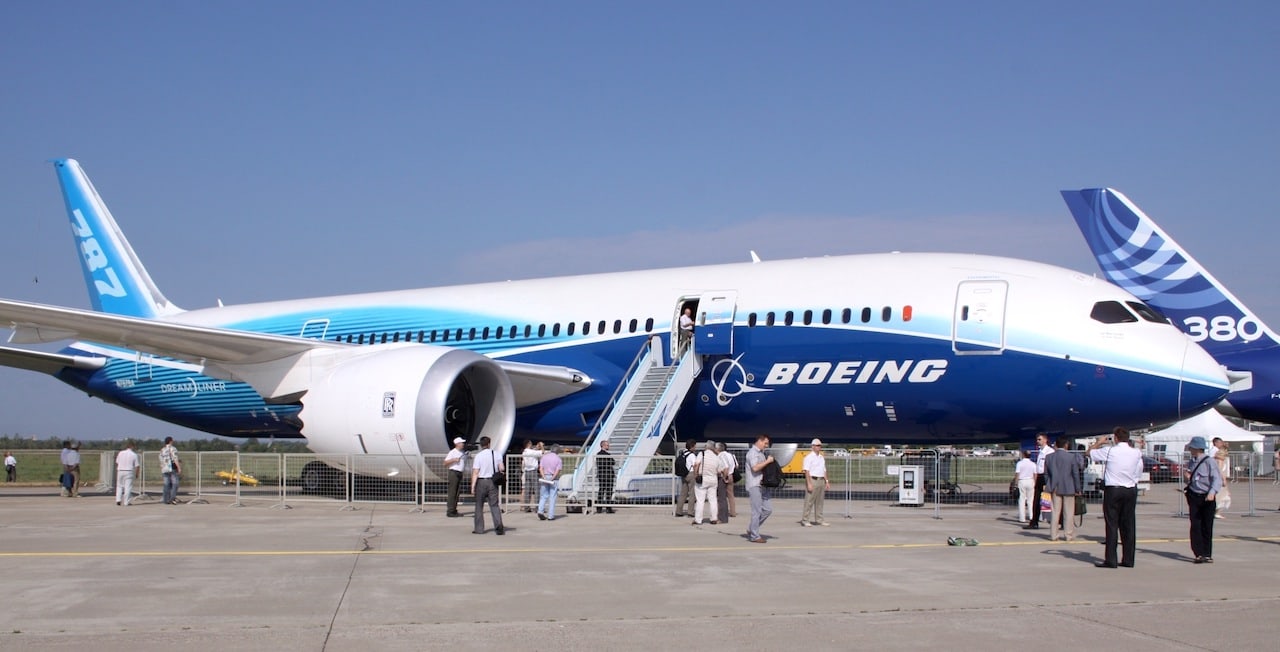Throughout the first years of aviation, aeroplanes weren’t able to reach high altitudes and flight duration was very limited.
As time went on and systems became more sophisticated, the height at which planes fly was the natural evolution the sector was after. Why did this happen? It’s quite simple:
- The higher the altitude, the less fuel needed and speed increases considerably.
- Bad weather happens in the atmosphere’s lower layers.
- Geographical accidents impose the need to fly at a certain height in order to avoid them.
And what drawbacks came up when flight altitude was increased? As we ascend in the atmosphere, partial pressure of the different gasses decreases, generating two problems.
Firstly, piston engines needed great amounts of oxygen to combust so from a certain altitude there was a risk of engines stopping.
Secondly, the human factor. As the partial pressure of oxygen was reduced, passengers were exposed to hypoxia, a condition in which reaction and reasoning are undermined.
In the early 1940s, therefore, aircraft manufacturers started to create the first aeroplanes with pressurised cabins.







